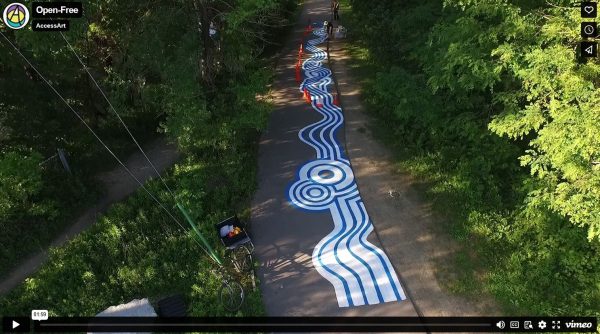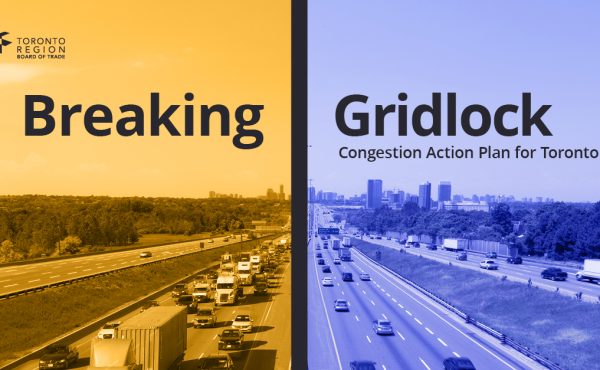As part of a set of four posts with Spacing, Artmap.ca / AccessArt is sharing sixteen short videos that feature some of our favourite public art pieces. The creators describe their videos as a reflection of their love of public art and desire for more people to enjoy it.
The videos were created in collaboration with Deaf / Disabled and Neurodivergent Artist-Researchers after a consultation and testing process with experts. Originally produced as training aids for research on public art spaces, these videos could be used as a resource guide to help illustrate and test accessibility features for artists. They would also make helpful aids for landscape designers, architects, urbanists, city planners, activists, academics, and regulators.
Healthy cities advocates might also find the videos useful when pushing for more accessible social infrastructure and informal outdoor meeting points to help respond to ageing, increasingly isolated populations. According to Bridging the gap: Report on Disability Inclusion in Canadian Workplaces, almost every Canadian will experience one or more disabilities in their lifetime, be a caregiver, or have a family member with a disability.
The videos could also be used to reduce the cognitive load for people advocating with disabilities. For example, directing people to one of these sets of videos rather than having to re-explain one’s disability; or for public consultation fatigue and situations unfavourable to disclosure.
Some limitations are that the videos were only designed for five metres around public art pieces. They also don’t include critical aspects of access in public spaces such as lighting, personal safety, busy-ness, transportation options, high-low stimulation, contrast, surface reflectivity, and bathroom access. Researchers have also struggled with this framework being too tough for the budgets available to temporary forms of public art – but also see this space as fertile for experimenting with more accessible forms of public art. The videos are also intended to be a complementary guide to other efforts and not a replacement for an audit or hard standards. (If that is what you are looking for, check out some resources that will be published in Part 4: What do I think?)
Spacing has decided to share these videos in four thematic batches:
- Can I go there / Do I want to go there?
- Can I move around and get close to the art?
- What do I feel?
- What do I think?
This first set of quick videos focuses on environmental access features towards creating more mind-friendly spaces. For example, if it is open / free or a grey-public space, restive or a quiet space. Related to the sense of belonging, we have also categorized ‘Identified as Disability Led-Co Led’ in this section.




